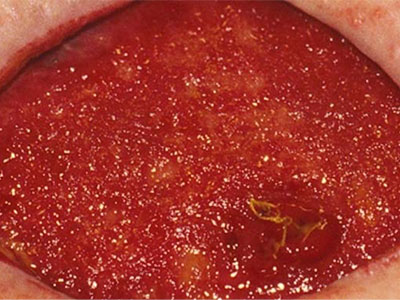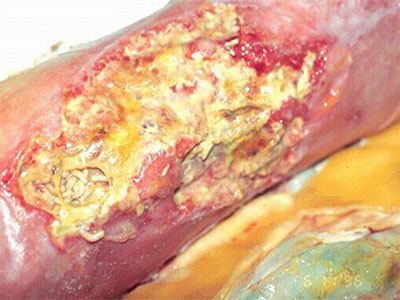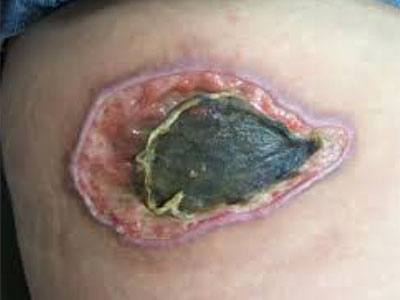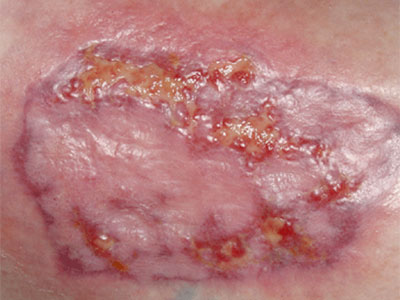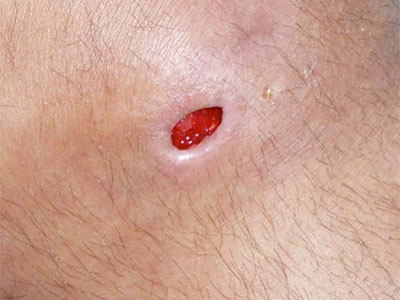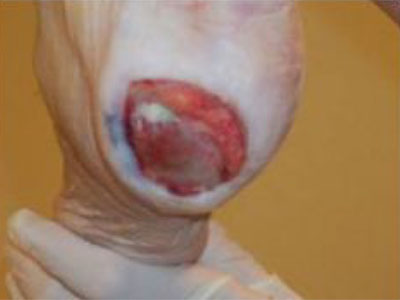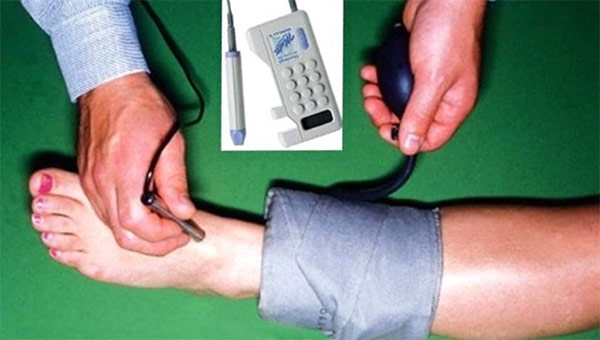Clinical Pathways for the 5 Wound Types
Choose a wound type to view the associated clinical pathways and guidelines.
Venous Ulcer Pathway
References
Bryant, R., & Nix, D. (2012). Lower-Extremity Ulcers of Vascular Etiology. Acute and chronic wounds: current management concepts 3rd ed., 262-265??. St. Louis, MO: Mosby-Elsevier.
Formosa, C. Screening for peripheral vascular disease in patients with type 2 diabetes in Malta in a primary care practice. Quality in Primary Care, 2012, 409-14.









